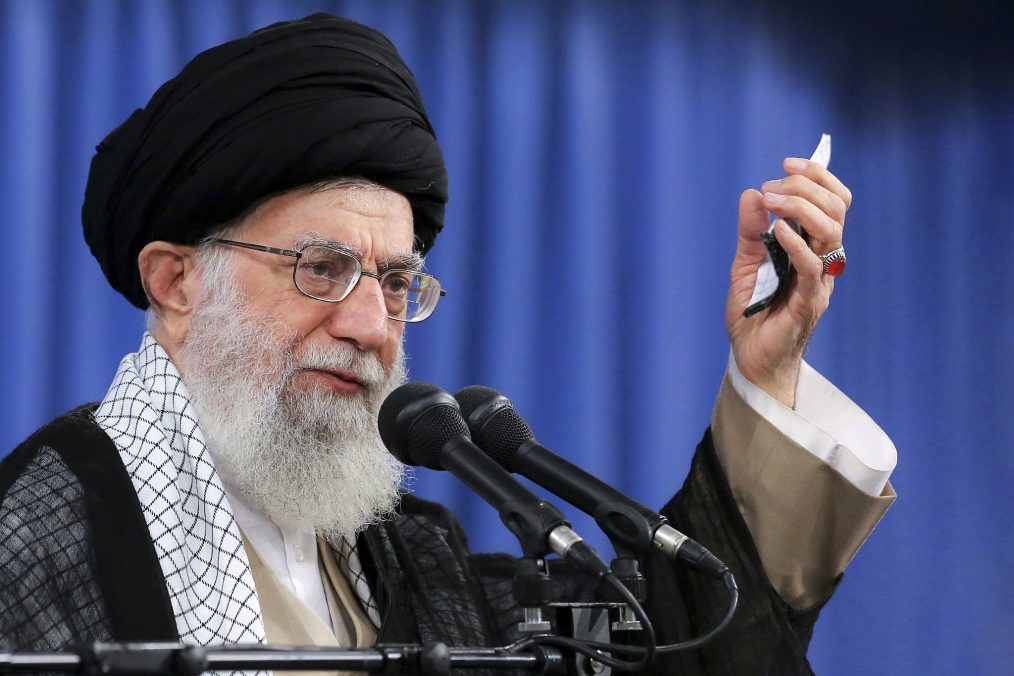Northern Arizona University
Luke Auld-Thomas, a PhD candidate at Northern Arizona University, made a remarkable discovery that has taken the archaeology world by storm. While analysing publicly available lidar data, he uncovered a sprawling, long-lost Mayan city hidden beneath dense vegetation in the Mexican forest. The site, now named “Valeriana,” revealed a hidden world containing nearly 6,700 undiscovered Mayan structures. These included everything from majestic pyramids to family homes, forming a complex network of infrastructure that flourished between 250 and 900 AD, known as the Classic Period of Mayan civilization.
This ancient city had been shrouded in obscurity for centuries, with no previous awareness of its existence within either the government or the scientific community. Valeriana’s location and scale hint at the city’s historical significance and underscore the vast, yet still hidden, secrets of Mesoamerican history.
The breakthrough wouldn’t have been possible without the transformative power of lidar (Light Detection and Ranging) technology. Over the past decade, lidar has become an invaluable tool in archaeological research, especially for exploring dense tropical regions where thick vegetation obscures ancient ruins. Traditional survey techniques allowed archaeologists to examine only a tiny portion of the expansive forested area, leaving vast swathes unexplored. In contrast, lidar scans can survey large tracts of land from an aerial perspective, sending laser pulses that penetrate the forest canopy and reveal hidden structures below.
This technology has revolutionized our understanding of Mayan civilization and has led to a surge of discoveries across the Yucatan peninsula. Researchers now realize that many more ancient Mayan cities might be lying hidden, awaiting rediscovery. The lidar data allowed Auld-Thomas to identify irregularities in the landscape, which ultimately led to the revelation of Valeriana, adding yet another chapter to the story of one of the most complex pre-Columbian civilizations in the Americas.
Studying the newly discovered city of Valeriana offers more than a glimpse into the past; it provides modern urban developers with a wealth of knowledge about ancient urban planning. Mayan cities were well-organized and designed to support growing populations, often with sprawling agricultural patchworks surrounding hyperdense urban cores.
Researchers have pointed out that Mayan urban planning was complex and sophisticated, involving extensive infrastructure to support both agriculture and daily life within dense communities. These ancient layouts could offer solutions to today’s challenges, such as rapid population growth, food security, and sustainable city planning. The discovery of Valeriana has already prompted archaeologists to reconsider previous assumptions about Mayan cities and their layouts, expanding our understanding of how ancient civilizations adapted to and thrived within their environments.
The accidental discovery of Valeriana emphasizes the incredible potential that technology holds for unveiling humanity’s hidden past. For centuries, the dense jungles of Central America have concealed countless treasures of Mayan civilization. With tools like lidar, researchers are now closer than ever to reconstructing the complex tapestry of ancient Mesoamerica and shedding light on the resilience and ingenuity of the Mayan people.
Luke Auld-Thomas’s discovery reminds us that history is often hiding in plain sight, waiting for the right technology — and a little serendipity — to bring it into view.









